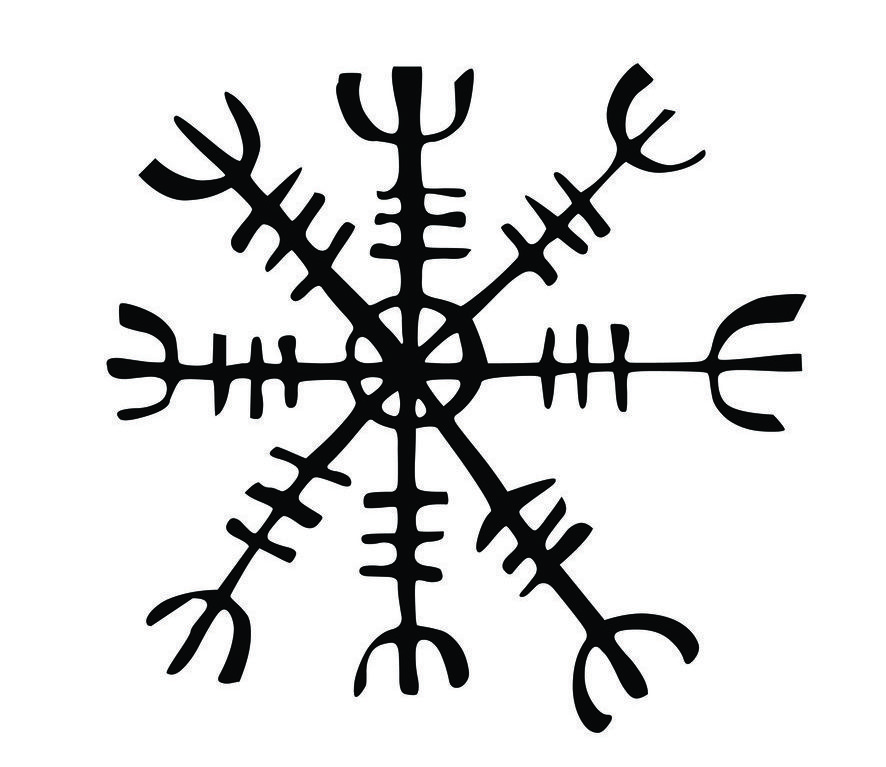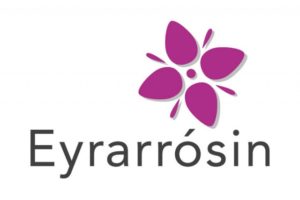For centuries the turf house was the only type of building in Iceland. However, few people would have lived in the many-gabled turf houses preserved on several of Iceland’s bugger farms. The tenant farmers’ abodes in remoter parts of the country had little in common with these buildings. Some of the first travelers visiting Iceland describe buildings that give some idea of the poor man’s home.
About fifty years after the witchcraft cases were discontinued, two Icelanders toured the whole of the country and wrote a book about their travels. Buildings were of no special interest to them (as opposed to foreigners who wrote about their visits in the 18th and 19th centuries), but they mention that the worst buildings are to be found in the seasonal fishing stations. The following quotation is from a chapter about the driftwood on Strandir:
- “Though the men of Strandir are excellent woodworkers and coopers, their houses are so badly constructed, especially in the northernmost parts, north of Trékyllisvík, that they must be the worst in the country. When a house falls down, they build a new one in a day. They simply stack several logs on top of each other and then shovel turf and earth at these walls so they don’t fall down. Several logs are laid across the walls and the roof built on them. Short bits of driftwood are then laid on the rafters, then turf, seaweed, and finally stones so the whole lot won’t blow away. They waste the wood in much the same way that our ancestors did the woodlands.”
This way of building was probably not used in Bjarnarfjörður since land-locked farms had no right to the driftwood. Instead, while the bottom of the valet was all wetlands and bogs, there was plenty of good turf for building and it must be assumed that the poor tenants used material that was close at hand. In Bjarnarfjörður turf was used for building well into the 20th century, a late and good example being the great circular sheepfold which is still used. Stone is used for the foundation of the Sorcerer’s Cottage while the walls are built with klambra, turf blocks cut in a certain way and laid in a herring-bone pattern with strips of turf between the layers. Extra large blocks of turf were used on the end of walls and on corners to ensure stability.
Each part of the cottage has a different kind of timber frame made from uncut driftwood logs. On top of the rafters driftwood is used, either short logs split like firewood, cuts from the outside of logs, or short and wide driftwood bits cut intro shingles, all with several layers of turf on top, the middle thickest and cut in a special way.
Three adjacent buildings house the exhibition, two of them are the tenant’s home, the first a combination storehouse and kitchen and the second with the living quarters and room for some livestock. The final part is an addition dedicated to bits from the history and legends of the region.



